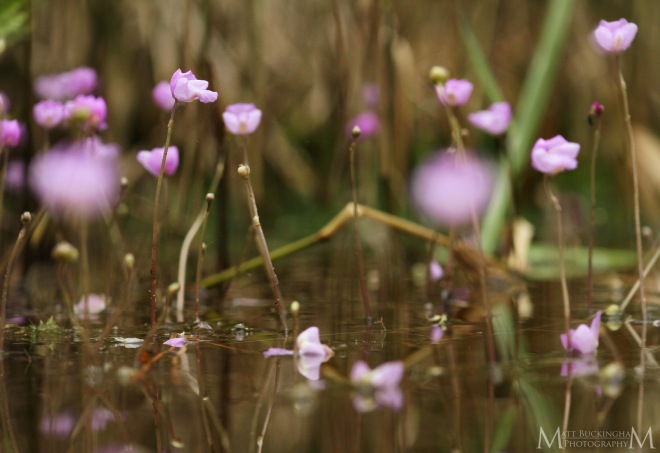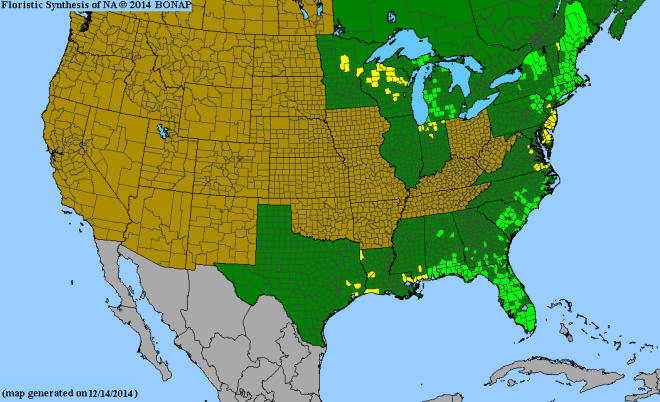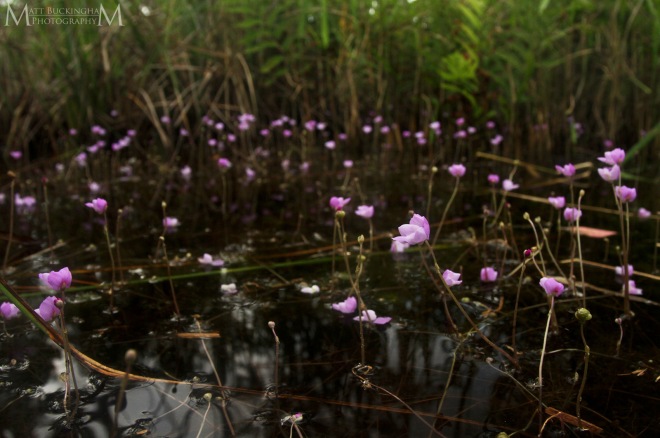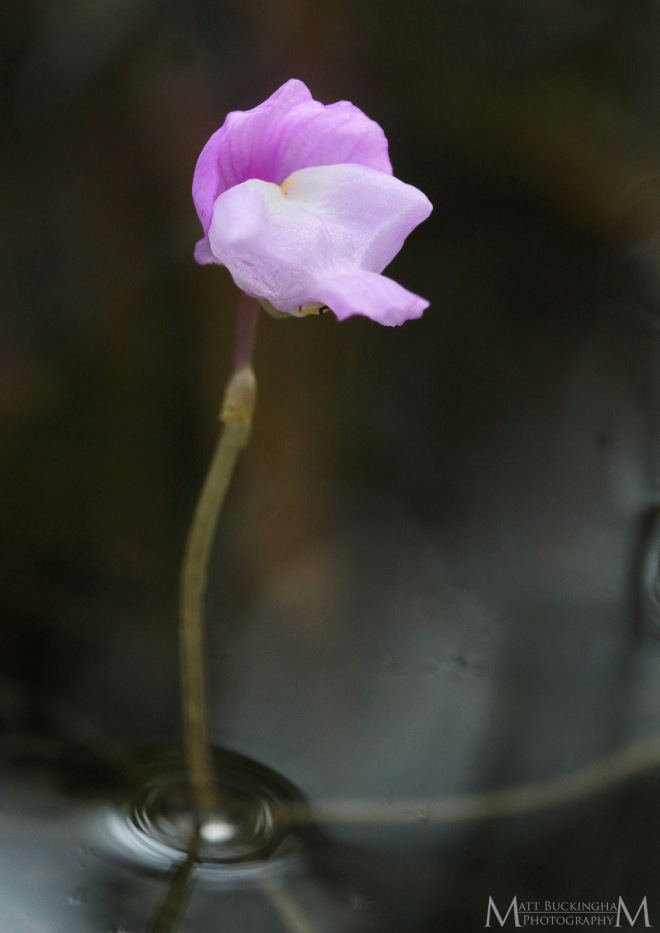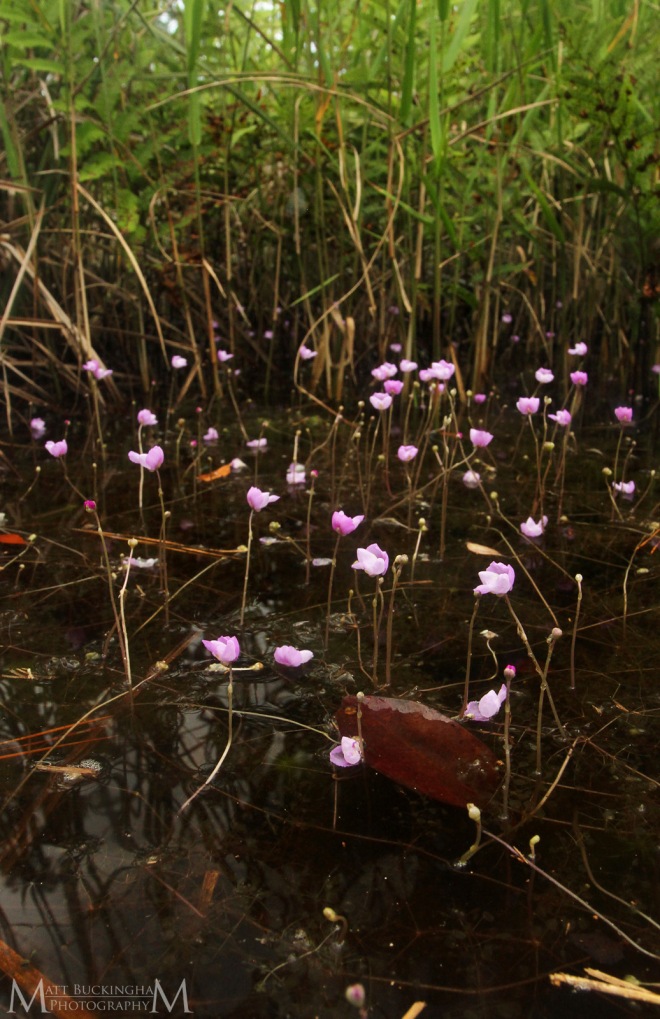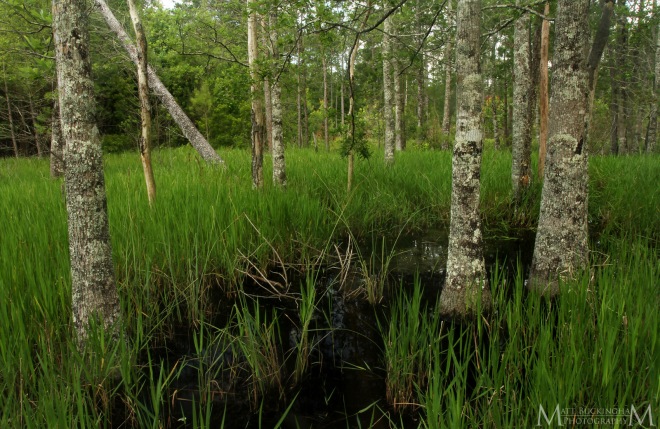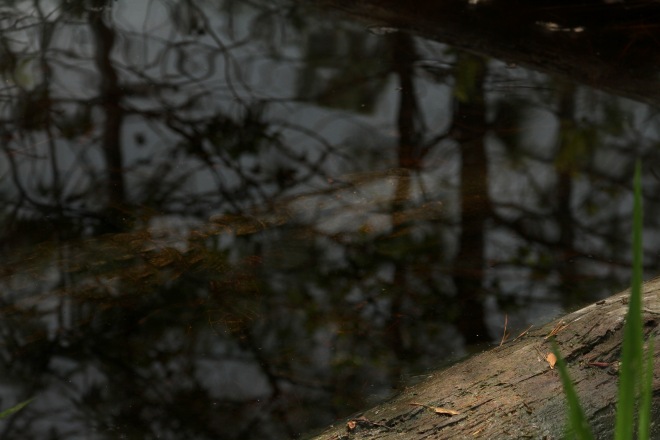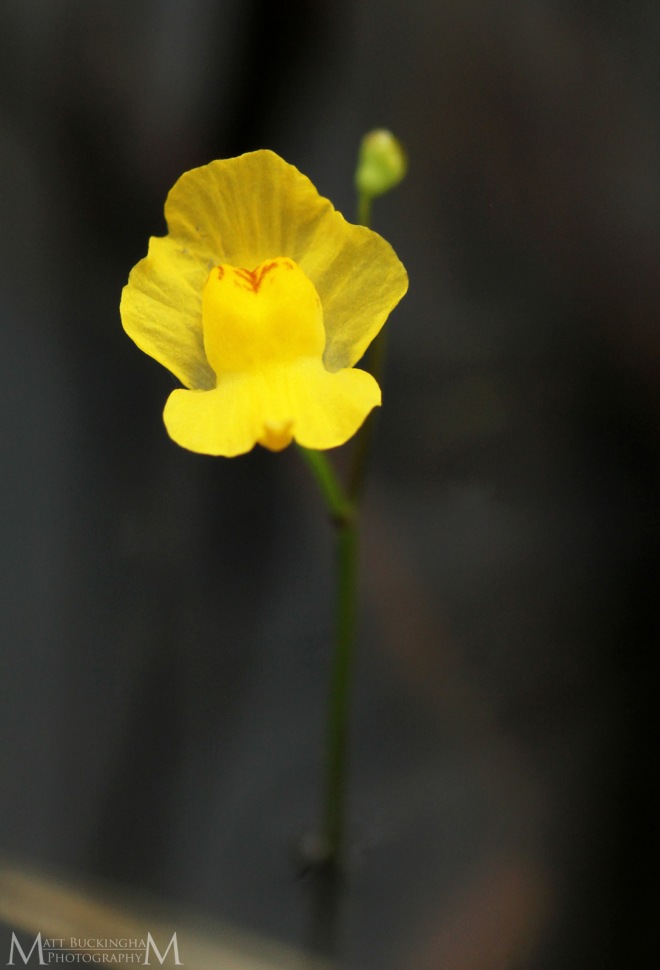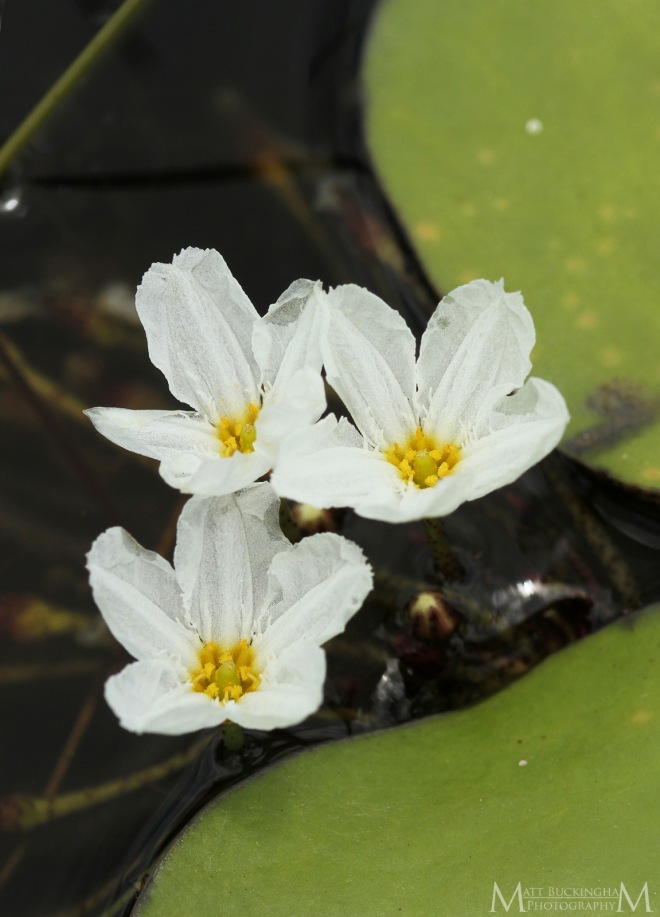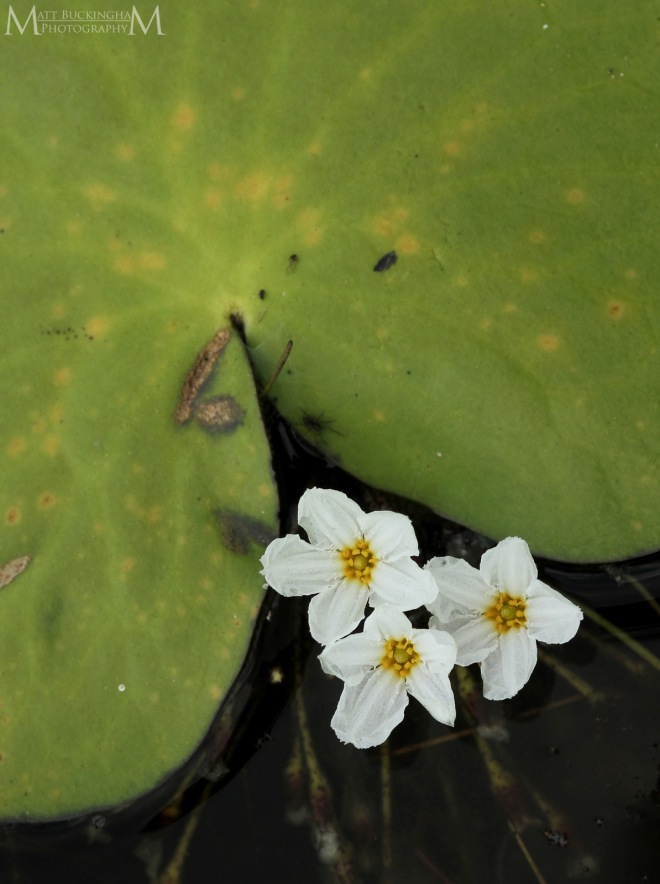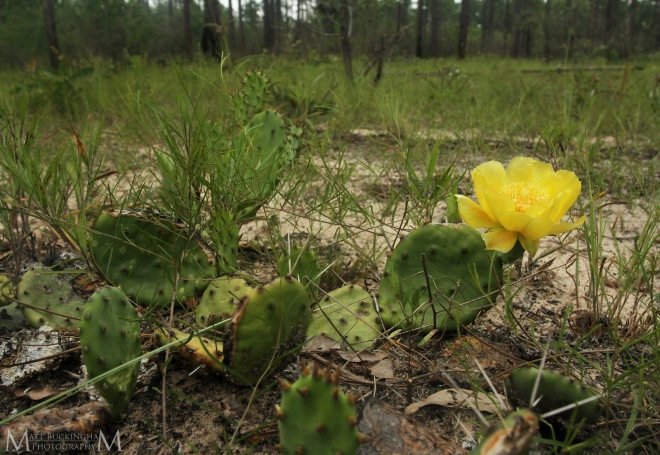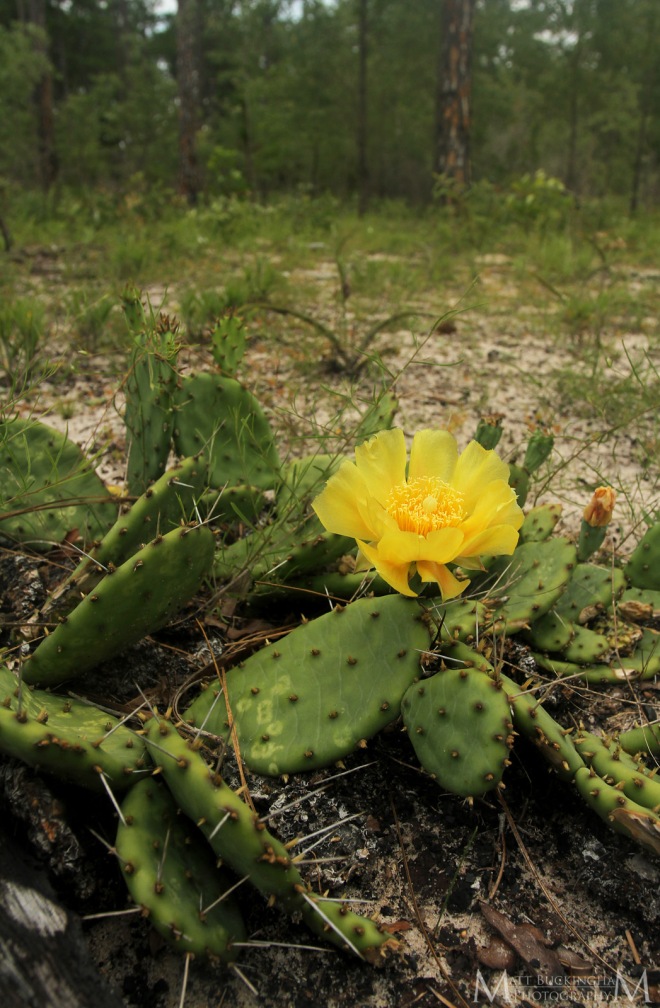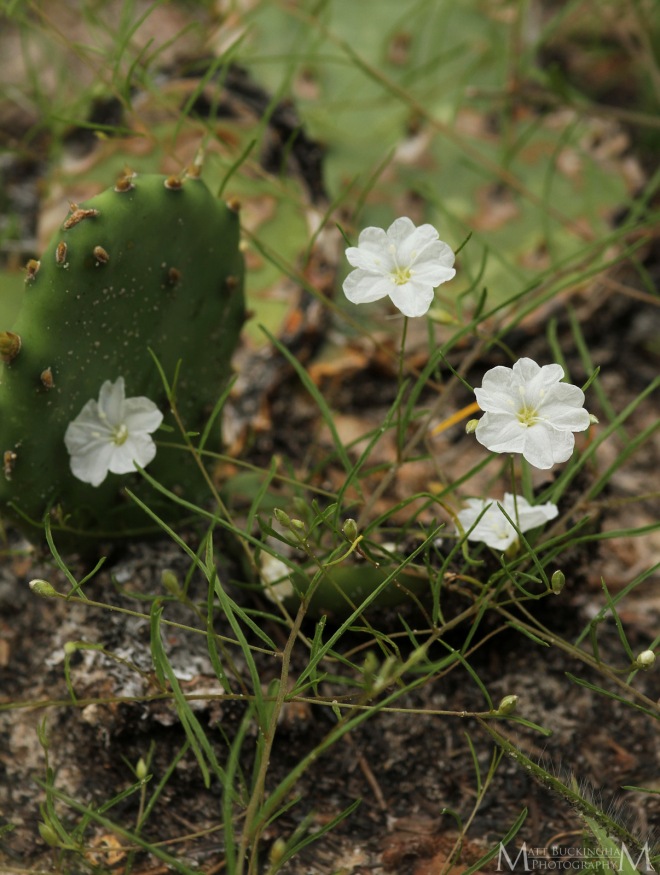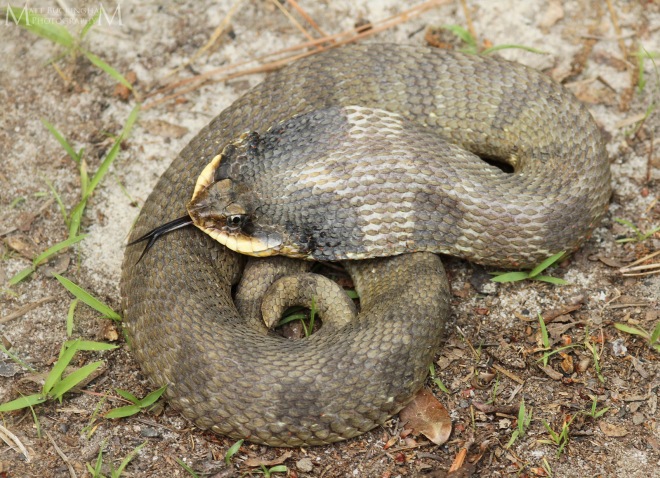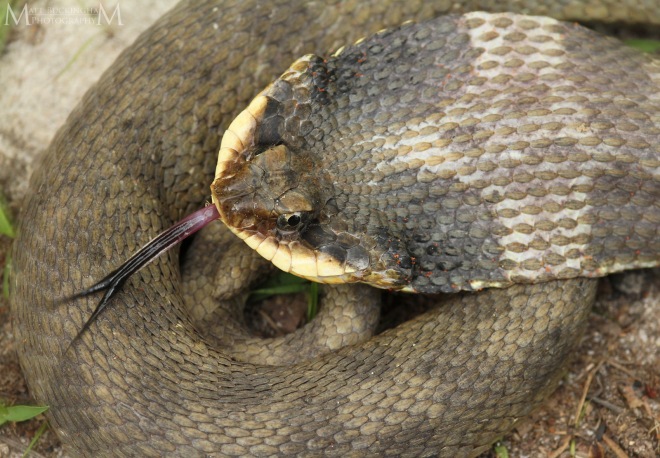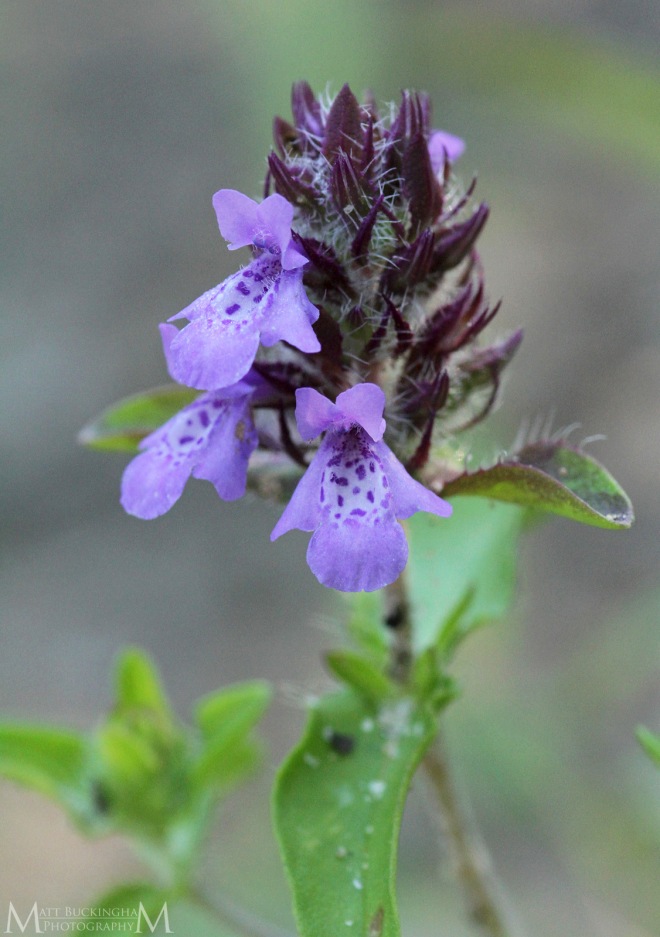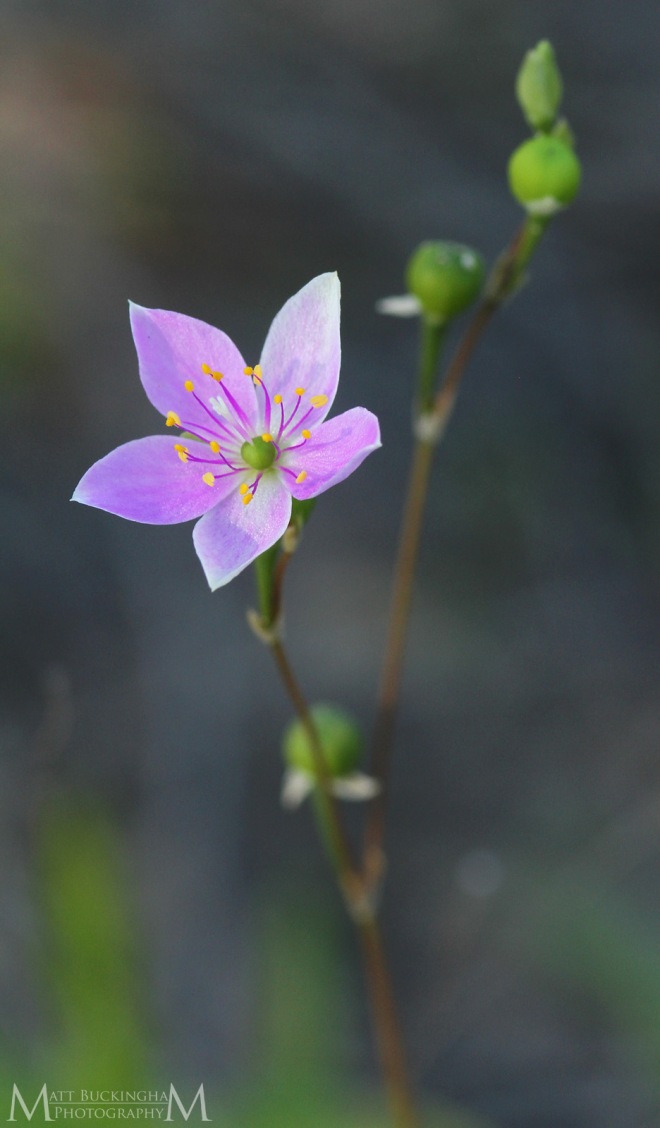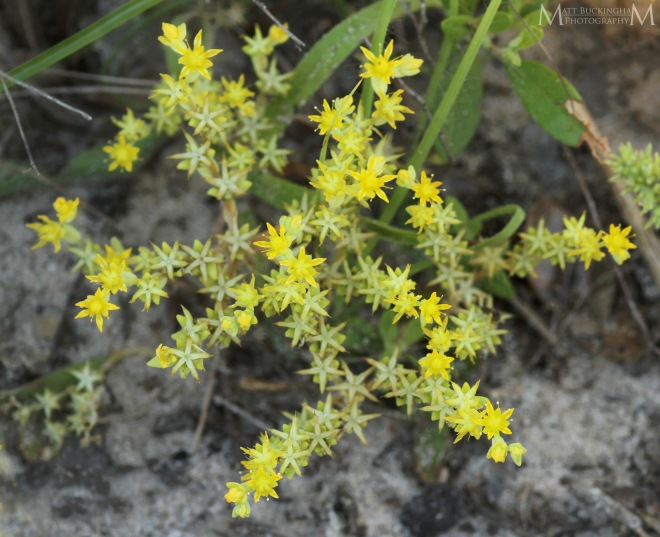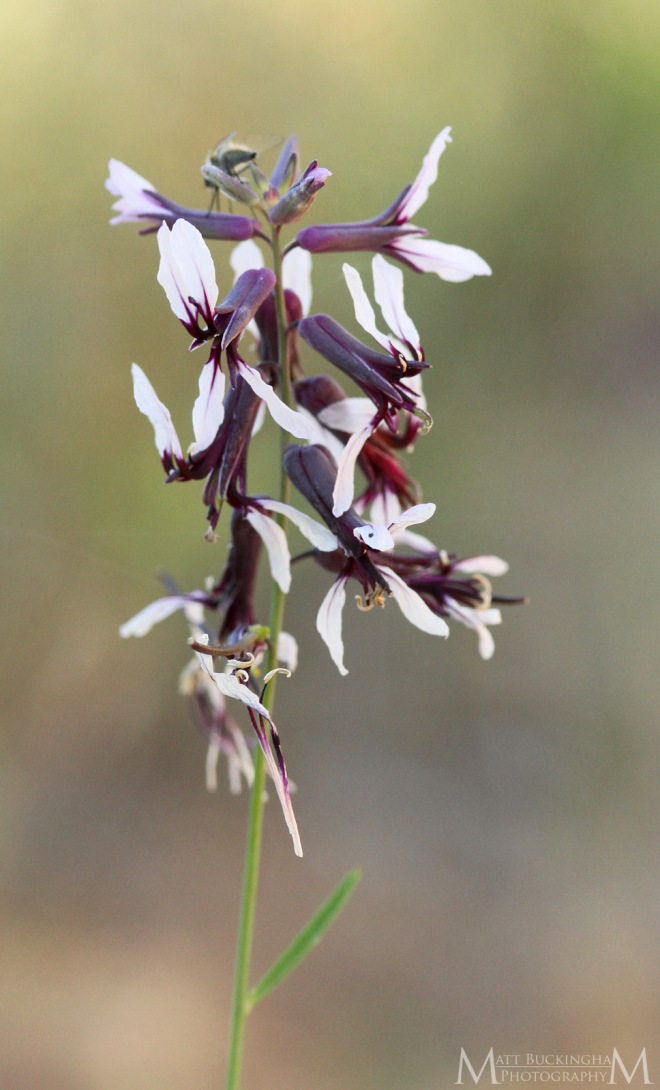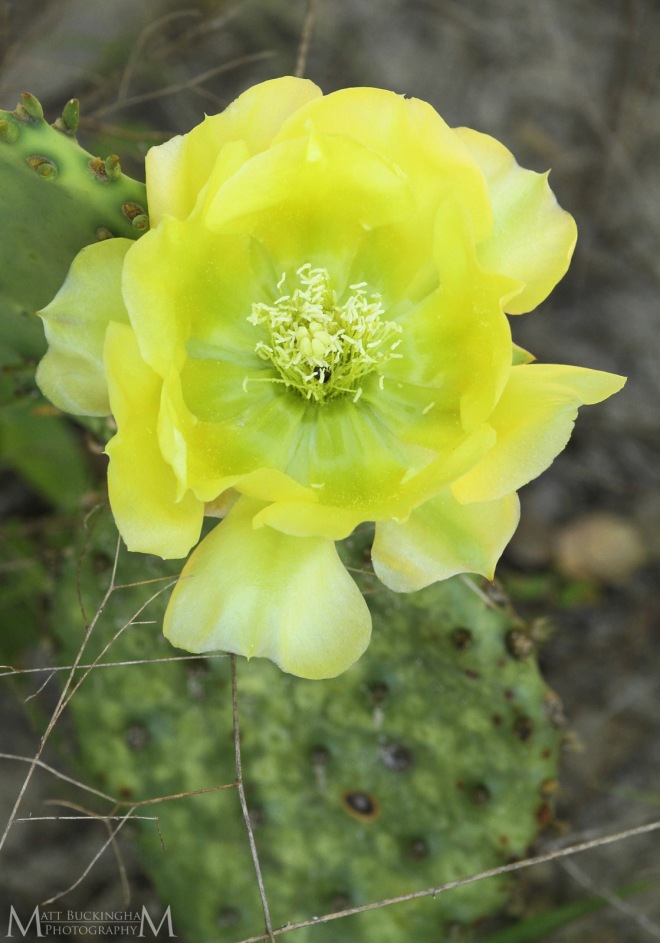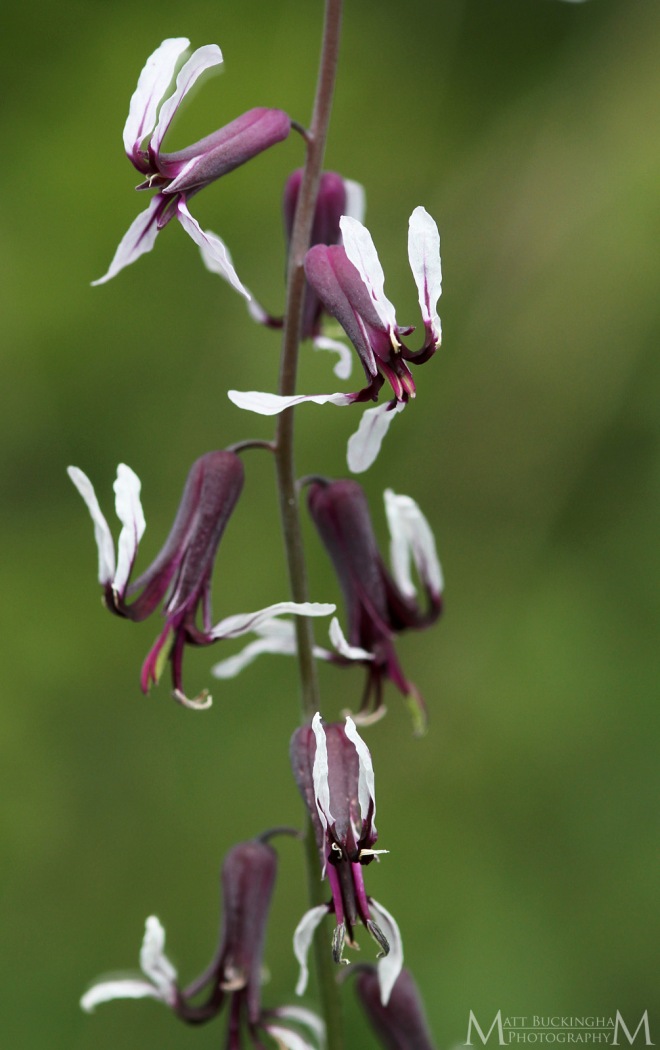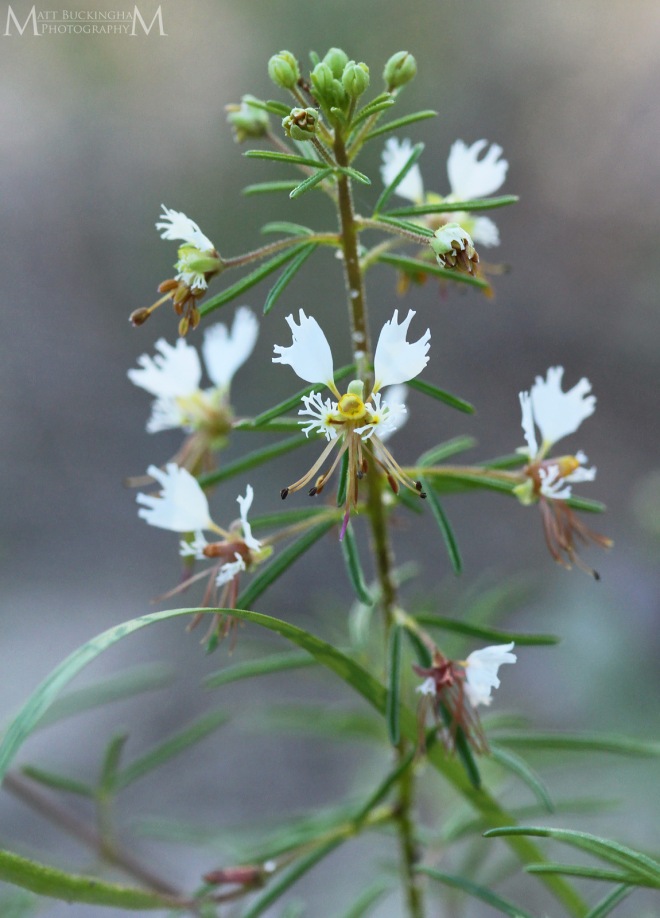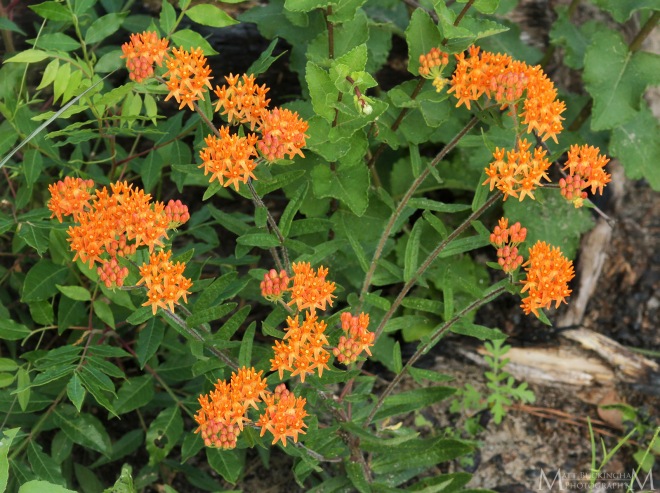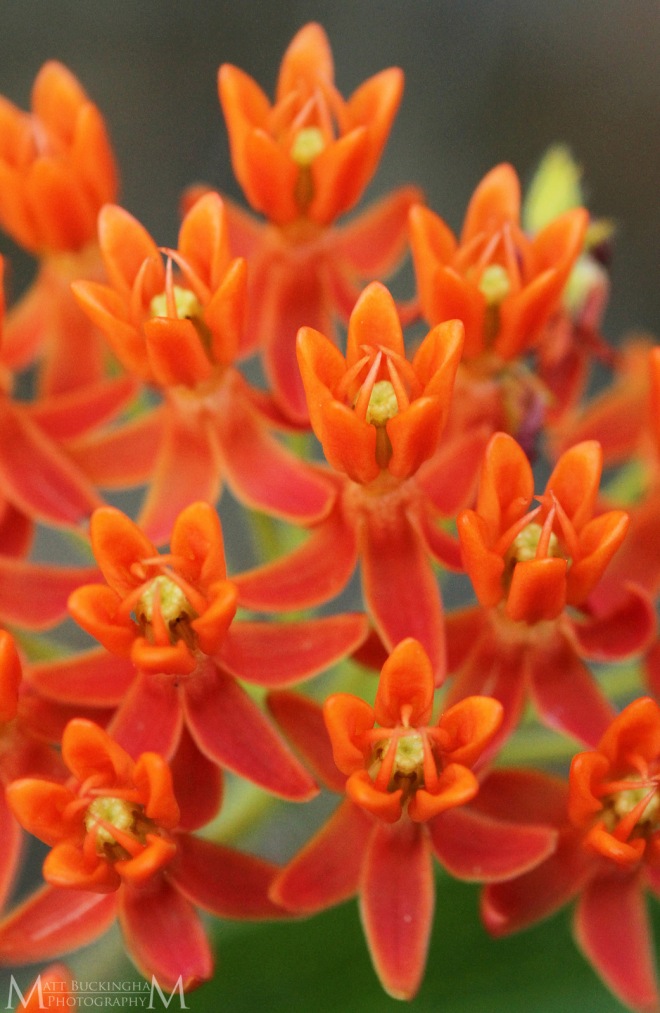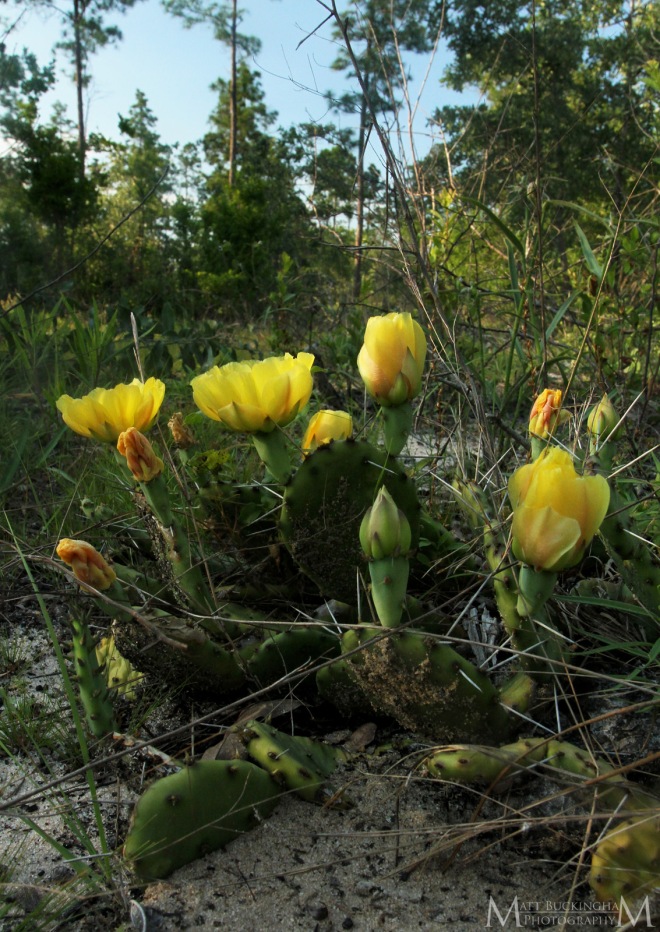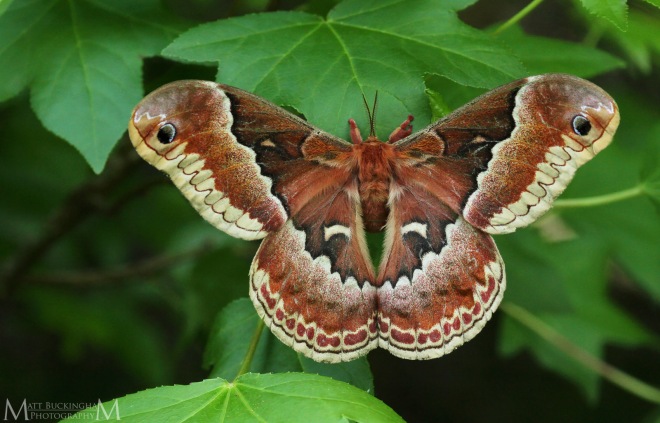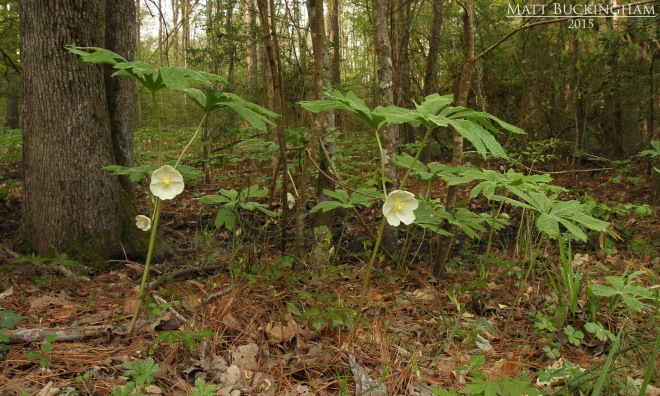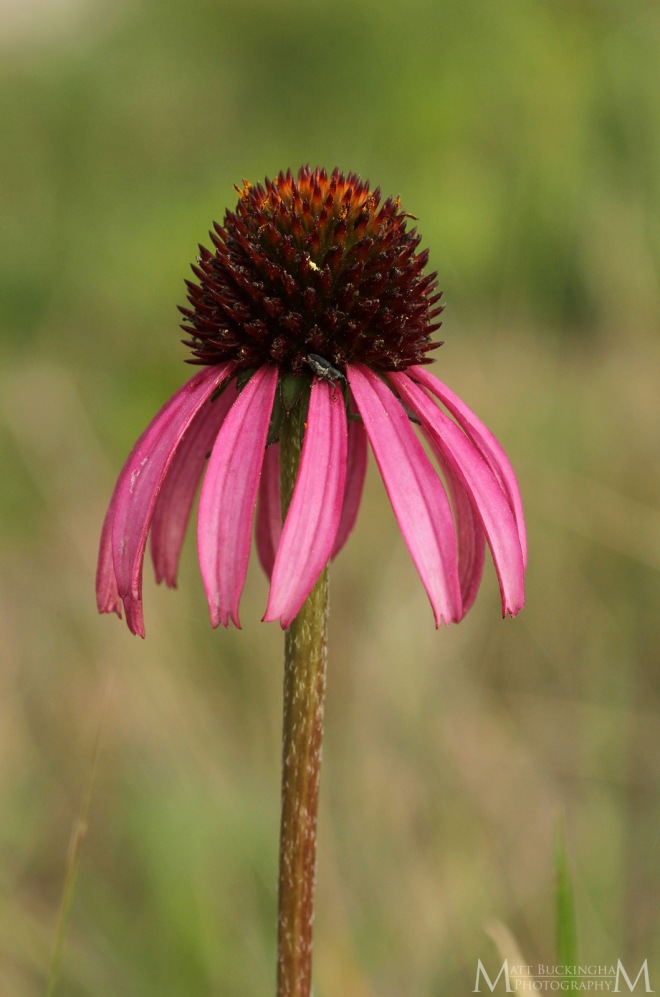Target Species: River Otter (Lontra canadensis)

North American River Otter
Finally I was able to check a non-plant off my 2017 biodiversity list. Though I seem to focus much more on plants nowadays, it was actually animals that first sparked my interest in the natural world and drew me to science.
I have always had an interest in the weasel family (Mustelidae) to which the River Otter belongs. Otters are intelligent, curious, entertaining creatures. I have seen them on many occasions, but have never been able to get a photo of one, except for one blurry shot with a point and shoot over 12 years ago. Though I have put some effort into finding otters this year, this encounter happened by pure chance, and was completely unexpected.
A few weeks ago my friend James Childress found a bobcat den deep in the National Forest. Shortly after Carolina decided to set up her trail camera in the area to see if she could capture any photos of the feline family. Unfortunately the camera didn’t capture any images of the intended quarry, though it did capture some interesting images of a prescribed burn. This past weekend we decided to hike in and retrieve the camera. As we were hiking out, where the path (a forest road closed to vehicular traffic) dipped adjacent to a wetland swale dominated by mature Sweetbay Magnolia and Water Tupelo, Carolina began to point excitedly and called out “Otters! Otters!” There at the water’s edge we saw what we believed to be a female otter and a second year pup feasting on the mangled remains of some aquatic prey.
They soon spotted us (or more probably heard or smelled us, as otters are near-sighted, an adaptation to see prey in murky waters), and began to retreat. I pursued for a moment, but fully suspected that they were long gone. Having given up hope I began walking back to the path when I heard a series of high pitched chip‘s. The pup came back toward me. I had poor light and a poor angle, but i tried to move to a better position to try and capture a few images. Unfortunately shortly after it returned I lost sight of it again. I looked about with no luck for a while, and when I was ready to give up, I heard Carolina calling out for me to come quickly. I rushed to her and she informed me that it had moved right past where she was sitting on the path’s edge and into a culvert that allowed the wetland swale to drain under the elevated roadway.
We waited a while to see if it would come out of the culvert, but after a few moments and no movement Carolina went to peer into the culvert to see if she could see it. There it was, sitting not 2 feet from the culvert entrance. She was able to get a short video before it retreated through the culvert to a small pool on the opposite side. It stayed in the pool, attempting to camouflage itself among the tree roots and debris along the pool’s edge. We captured a few images and left so that it could reunite with its mother.

North American River Otter
The title of this post comes from lobito de río (little river wolf), the Spanish term for otter used where Carolina is from. Encountering these otters was a special experience that I am glad I was able to share with my wife, who has a passion for carnivores.
Though elusive, River Otters are not uncommon in East Texas. They occur in a variety of aquatic environments including medium to large streams and rivers, man-made lakes and ponds, swamps, etc. They are semi-aquatic and supremely adapted to life in the water, with webbed feet, a stream-lined body with strong hind legs and a powerful tail, and a nearly waterproof layer of outer fur.

North American River Otter
The images I captured that day were not as good as I might have liked, but I’m ok with that. Photography has become such an integral part of my time in nature that it’s hard for me to remember a time when I ventured into the natural world without the intent of capturing images. But that time did exist, when my only goal was to observe, experience, and learn. Sometimes that gets lost to me now, and that is unfortunate. A great photograph is a wonderful thing, but it is no substitute for an incredible experience.

